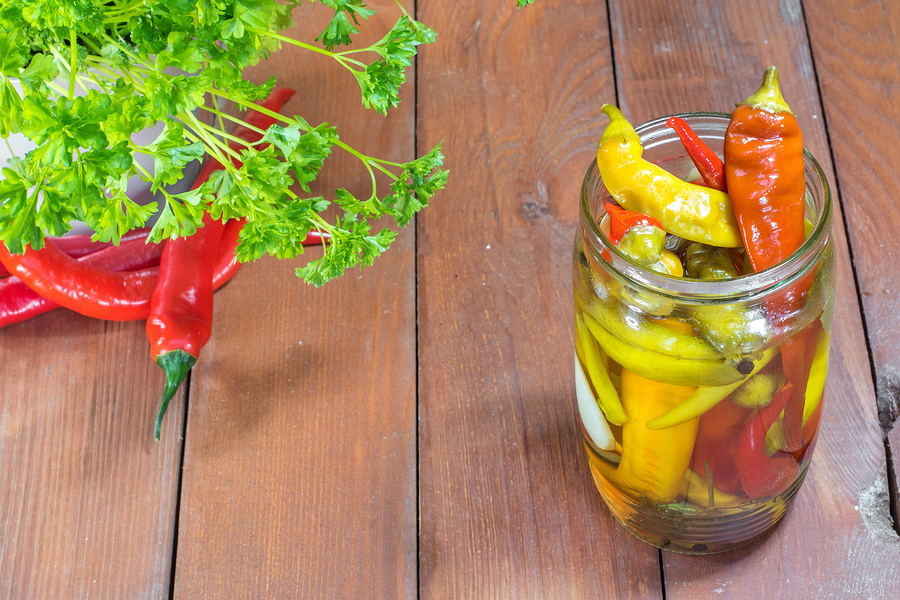That Peter Piper Really Knew How to Pick ‘Em
Don’t worry, I’m not going to ask you to recite the infamous tongue-twister about Peter Piper. But I will mention that some authors believe that the original main character in the story was not Peter Piper at all, but was actually French horticulturalist Pierre Poivre. For many of us Americans, just saying Pierre Poivre is a bit of a tongue-twister in itself.
But the subject of this post is neither Peter nor Pierre – it is the wonderful pickled peppers that they were after. And if you ended up with a surplus of peppers from your fall harvest, pickling peppers is something that you’re probably pondering.
Read more: How to Handle Blossom End Rot
Everything You Need to Know About Pickling Peppers
I found a guide from the Colorado State University Extension that provides every little peck of information you would ever want to know about pickled peppers. This handy guide includes six separate recipes you can use to put up your peppers with ease.
The guide starts with in-depth considerations about all of the ingredients and methods that are used in the recipes. And they made sure to include variations for the boiling water bath time for different elevations. I guess you have to pay attention to that if you’re doing your pepper pickling in the peaks.
Read more: 6 Ways to Preserve Your Extra Okra
6 Ways to Make Pickled Peppers
This guide was written by staff from the CSU Extension with assistance of Master Food Preservers from Pueblo, El Paso, Elbert, and Boulder counties in Colorado – and they all did a great job.
The recipes start out with their signature Colorado mix – which includes peppers, cucumbers, carrots, cauliflower, onions, and garlic. It sounds awesome. From there they move on to basic pickled peppers. There are two recipes for peppers marinated in oil – one uses the boiling water bath and the other is for “refrigerator pickles.” And last but not least there are two recipes for homemade salsa.
You can view or download the guide here: Making Pickled Peppers
The instructions provided are very thorough, and should be useful for beginners as well as veterans. The authors provide lots of guidance around safety and sterilization – just follow along and you’ll enjoy homegrown peppers from the garden all winter long.
Special thanks to the Colorado State University Extension for sharing this great guide. You can find the original document online at http://extension.colostate.edu/docs/pubs/foodnut/09314.pdf.









COMMENTS(2)
Thank you for the Article. I love peppers. I may try pickled peppers this October/November.
Amazing! Its truly awesome piece of writing, I have got much clear idea regarding from this piece of writing.